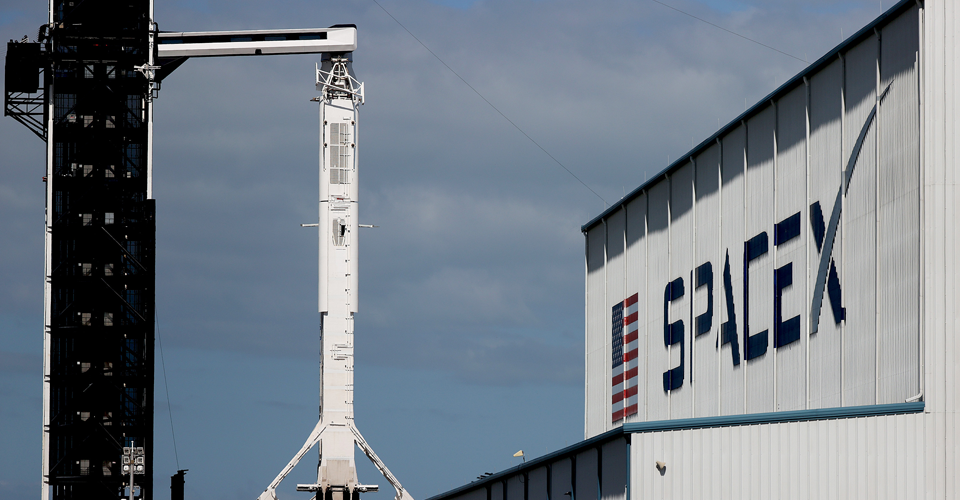SpaceX Launches 56 Starlink Satellites and Achieves 11th Successful Booster Landing

SpaceX continues to make strides in revolutionizing the space industry with its latest successful mission. In the early hours of Sunday morning, a Falcon 9 rocket carried 56 new Starlink broadband satellites into orbit from Cape Canaveral Space Force Station in Florida. The remarkable achievement also saw the Falcon 9's first stage return to Earth and safely land on the SpaceX droneship, marking the 11th successful launch and landing for this specific booster. Let's delve deeper into the details of this groundbreaking mission and explore SpaceX's growing constellation of Starlink satellites.
The Launch and Landing: At 1:03 a.m. EDT on May 14th, the Falcon 9 rocket, outfitted with 56 Starlink spacecraft, gracefully soared into the sky. This launch represented the 29th Falcon 9 flight and the 31st orbital mission by SpaceX in 2023. As the rocket completed its primary objective of delivering the payload to orbit, the Falcon 9's first stage initiated its return journey to Earth. In a remarkable feat of engineering and precision, the booster executed a successful landing on the SpaceX droneship, Just Read the Instructions, stationed in the vast Atlantic Ocean.
The Starlink Satellites: The Falcon 9's upper stage carried the 56 Starlink satellites to low Earth orbit, where they will join SpaceX's vast and ever-growing broadband megaconstellation. With this launch, SpaceX has now deployed nearly 4,400 satellites for Starlink, solidifying its position as a leader in the satellite internet industry. These satellites play a crucial role in providing high-speed internet access to remote areas and underserved communities around the globe. Currently, over 4,000 Starlink satellites are actively operating, enabling SpaceX to expand its coverage and bridge the digital divide.
SpaceX's Impact on the Space Industry: SpaceX's relentless pursuit of technological advancements has had a profound impact on the space industry. By successfully landing and reusing rocket boosters, the company has significantly reduced the cost of space travel. This achievement has opened up new possibilities for more frequent and cost-effective launches, making space more accessible than ever before. Additionally, the deployment of Starlink satellites has revolutionized internet connectivity in remote regions, providing reliable and fast broadband access to users who were previously underserved.
The Future of SpaceX and Starlink: As SpaceX continues to push boundaries, it is clear that the company has ambitious plans for the future. The Starlink constellation is expected to grow even larger, with additional launches scheduled to expand coverage and improve the quality of service. SpaceX's focus on reusability and efficiency will likely lead to further advancements in rocket technology and drive down launch costs, benefiting not only the company but the entire space industry.